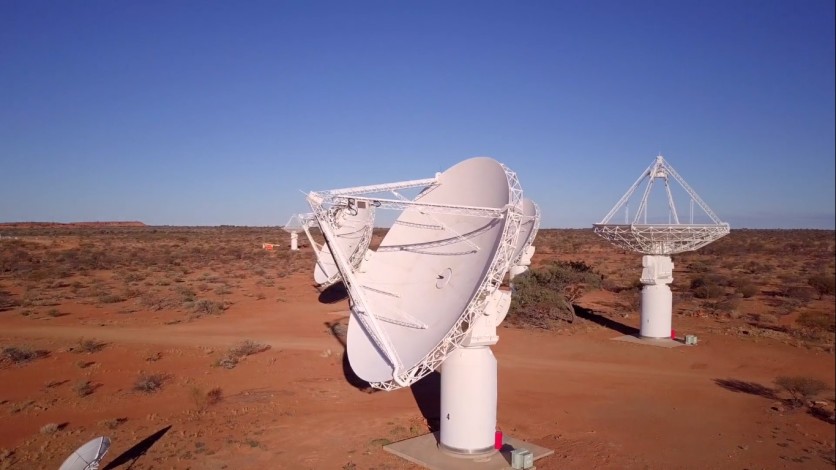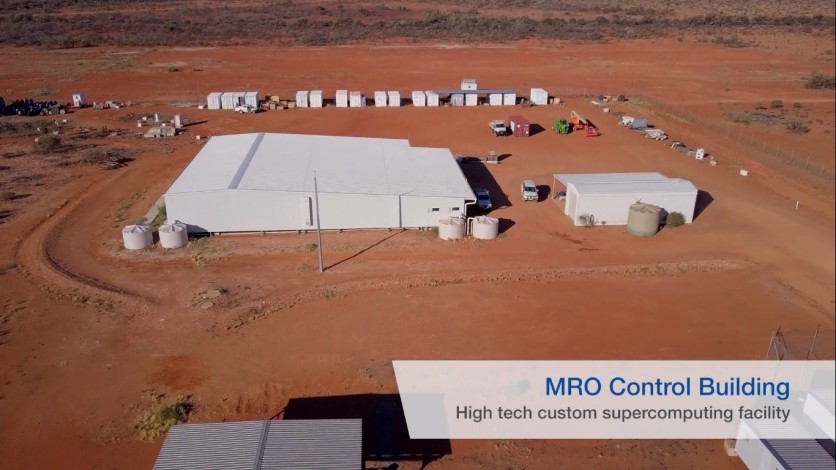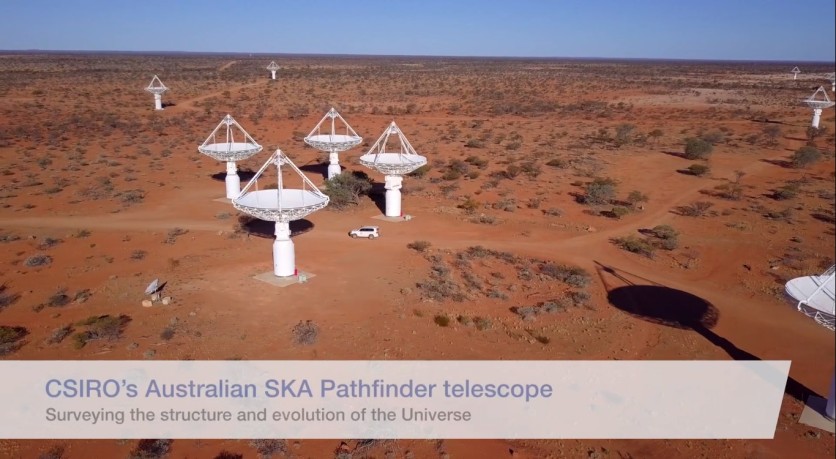The Australian Square Kilometre Array Pathfinder (ASKAP) has created a wide-range map for about 3 million galaxies, including 1 million that were newly discovered within record time of just 300 hours.
According to Indian Express, ASKAP is designed to map and trace the evolution and structure of the Universe by observing galaxies as well as the hydrogen gas they contain. The new telescope is a great help scientists map the universe and find the answers of how it has evolved.

Australia's Powerful Telescope: Square Kilometre Array Pathfinder
According to Newsgram, the Array Pathfinder telescope includes 36 dishes, which are built three-stories high. They are connected by fiber-optic cable, so they work as just one super telescope. It is located in a remote corner in the Western Australian outback, 800 kilometers north of Perth, Australia.
According to researchers, the telescope's isolated and quiet location is perfect for such astronomical processes since it is away from other ground-based radio transmissions.

This powerful new telescope is run by the Australian national science agency, the Commonwealth Scientific and Industrial Research Organization (CSIRO). It is able to examine the entire southern sky, turning radio signals in space into images with sharper detail than any telescope has ever done before.
As the building blocks of the universe, the Array Pathfinder is a great help in mapping and cataloging vast areas of the universe. With this recent progress, scientists hope to find answers of how the universe formed and evolved. It helps scientists study about gravity, origins of the first stars, and other phenomena in the universe.
CSIRO Director of Astronomy and Space Science Douglas Bock said that looking at their statistics, where they are located in space, and how they are interacting with each other, we can learn about how galaxies form. He added that finding a galaxy about 12 billion light-years away is like looking back in the past.

Bock also said that looking at a galaxy, which is about 12 billion light-years away is like looking back in the past. "So, we are looking at the light from that galaxy that was emitted when it was only a few billion years after the beginning of our universe," the CSIRO director noted. According to the agency, there may be as much as 1 trillion galaxies in the universe.
Read also: Famed Arecibo Telescope Collapses: People Mourn as Earth Now More Vulnerable to Space Rocks
China's FAST is now the only remaining giant single-dish telescope
After the collapse of Puerto Rico's Arecibo Observatory radio telescope on December 1, there is only one remaining giant single-dish telescope in the world: Aperture Spherical Radio Telescope (FAST) in China.
Tech Times reported earlier that the 500-meter FAST is now the world's largest single-dish telescope. Located in China's Guizhou province, the observatory project cost $171 million and was dubbed as "Sky Eye" since its huge size would allow the detection of even the weakest radio-waves from faraway materials and pulsars.
After five years since China began building the facility in 2011, FAST was completed in 2016 while the Chinese government relocated about 10,000 Guizhou residents who were living within 5 kilometers in the site.
The FAST observatory was initially opened in April 2019 for domestic astronomers before it became completely operational in January, in which 60% of FAST's disc can be used at any time.
Related article : China's FAST Now the World's Only Remaining Giant Single-Dish Telescope, After Arecibo's Collapse
This is owned by Tech Times
Written by CJ Robles

![Apple Watch Series 10 [GPS 42mm]](https://d.techtimes.com/en/full/453899/apple-watch-series-10-gps-42mm.jpg?w=184&h=103&f=9fb3c2ea2db928c663d1d2eadbcb3e52)


